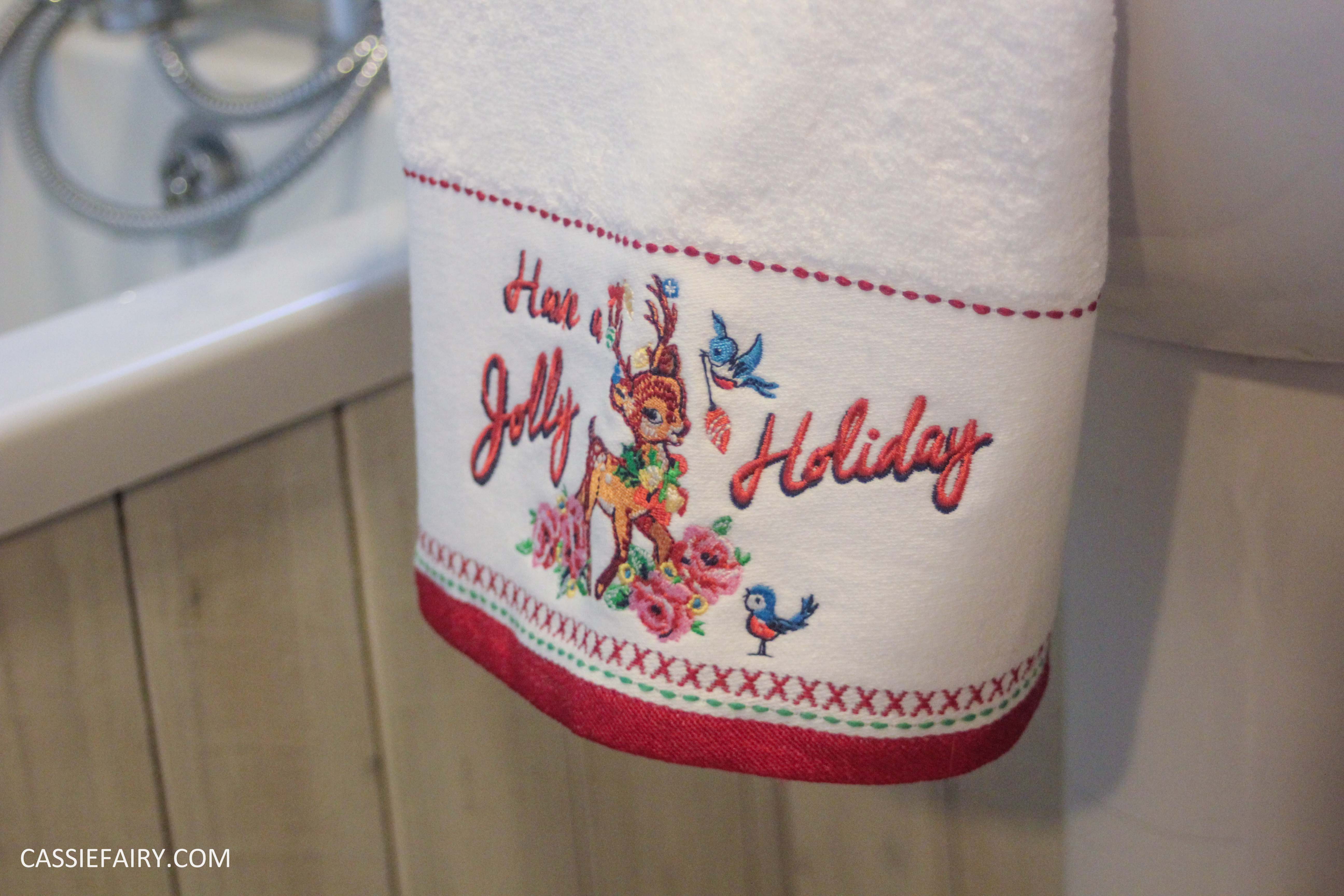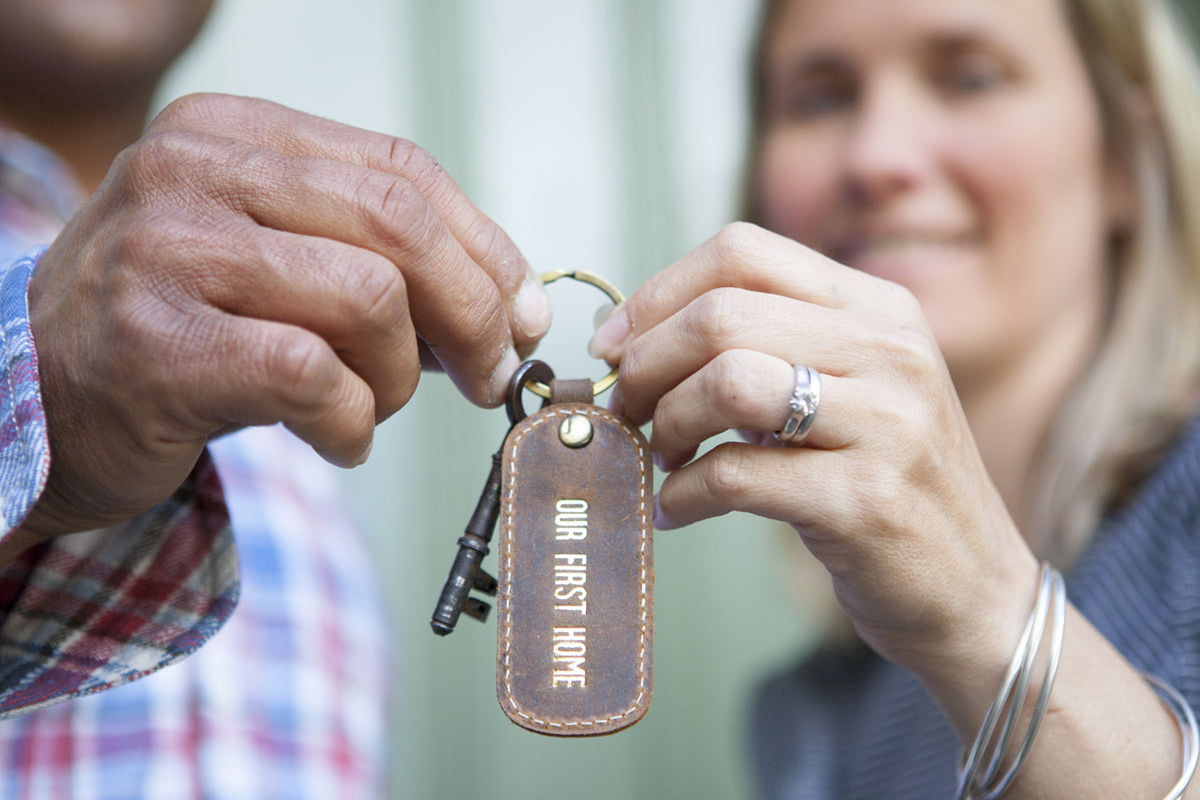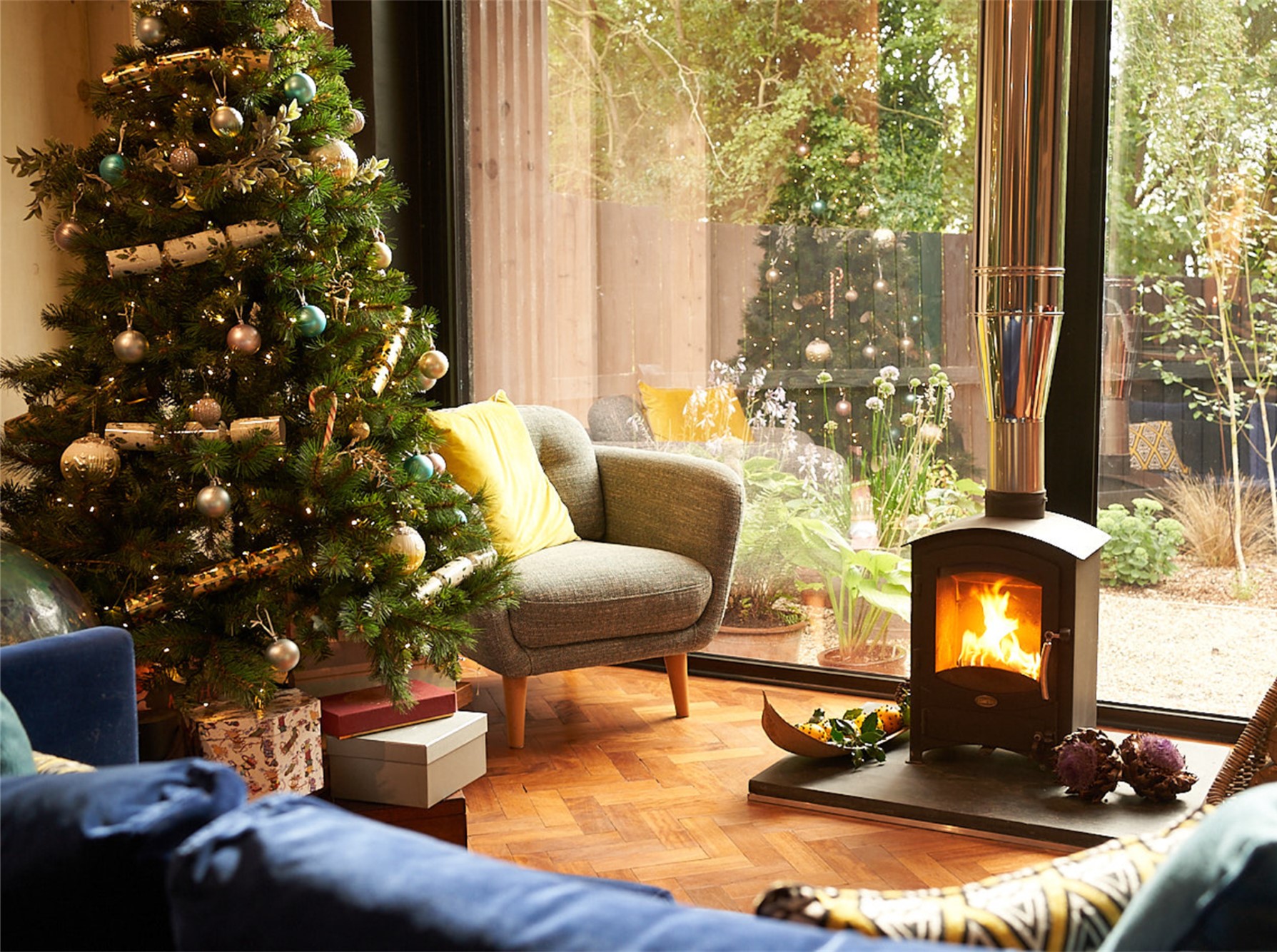This blog post is a guest post advertisement feature. The pink links in this post indicate a sponsored link 🙂
Wave goodbye to radiators and hello to more space and a warm home for less. Underfloor heating is a great choice when you’re tackling any home remodelling so I’ve asked the professionals to share a guest post all about underfloor heating today so that you can see whether this heating option is right for you. If you are thinking of taking to leap to luxurious warm floors, these are the five things you need to know…
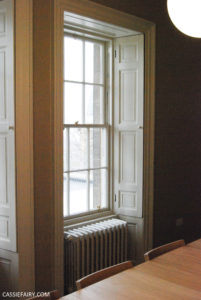
1. It provides a constant temperature across the home or in individual rooms
The great thing about underfloor heating is it flexibility. Therefore, it sometimes pays to spend the extra money to get a professional supplier and installation company to not only fit the system but design it for you in the first place. With central heating, the boiler fires up and sends heat through to all the radiators on the system, unless you switch the radiators off in certain rooms (if you can) or lower the temperature of the radiator with its thermostatic valve. This gives you some flexibility but not a lot. Underfloor heating is completely different. You can create single zone underfloor heating areas so that the important rooms in the house are heated when you need them to be but other rooms can enjoy a lower level of heat. The ability to control your heating at every point of day and night means you save money, as well as having a more comfortably heated home.
2. It is best fitted with high thermal conductivity flooring
Sounds a mouthful, doesn’t it?! But what does it mean? It means to get the best from your underfloor heating system, you need a top layer of flooring that is incredibly efficient of grabbing hold of the heat and keeping hold of it. This means the system doesn’t need to work as hard. There are many flooring options – wood, laminate, tiling, polished concrete and carpet – that work well with underfloor heating. It is true to say that some options work better than others. Polished concrete floors are a great conductor and retainer of heat. Tiles also work well and some wood flooring solutions are also a great fit. It is possible to use carpet but it must be of a low TOG rating to allow heat through it and into the room. But even then, it’s not so great at hanging on to the heat.
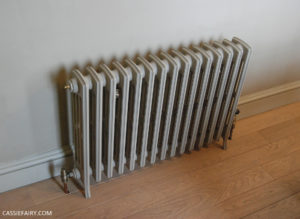
3. A smart thermostat adds more flexibility & sophistication
Although we think of underfloor heating as a modern invention, it has been around for some time. The Romans used ‘fire under the floor’ to heat their bath houses. Modern day underfloor heating is more sophisticated and has flexibility but to get even more out of the system, a smart thermostat is a must. You can set different temperatures in different rooms, if you have a multi-zone system, with just a few taps of your smart phone. You can set different temperatures, in different spaces and alter it throughout the day. Underfloor heating response time is slower than the boiler and radiator approach but that doesn’t mean it is at a disadvantage. It just means that you plan your heating to fit with your activities from day to day. For that, you need the tools to set the heat of the system as and when.
4. Correct installation is key
And that’s why getting a professional and expert in all thing underfloor heating should install your system, even if they don’t design it. Wet or water underfloor heating works by a series of pipe loops being laid in the sub floor and hot water circulating through them to heat the floor. It is an incredibly simple, yet effective system. But this doesn’t mean that things can’t go wrong when it is being installed. Discovering that you have a leaking pipe when you have laid the floor is not the opportune time to try and repair it! All wet underfloor heating systems should be pressure tested BEFORE you start pouring high conductivity screed or laying insulation boards to protect the pipes. Once laid, the system will function without a hitch for years to come.
5. Underfloor heating is a system that you will love!
Underfloor heating is not for everyone. If you like dry, hot heat that leaves your house stuffy, then underfloor heating is not for you. If you prefer an ambient, constant temperature, as well as a luxuriously warm floor underfoot, then underfloor heating is for you. But you will need to have some patience. With some installation processes, the screed must dry thoroughly before the heat can be switched on because if you dry out liquid concrete too quickly it cracks. That means the floor is not as structurally sound as it should be, leading to problems further down the line. In other words, you may have to wait a week or two before the big switch on.
Underfloor heating suits any property and is not as expensive as you would think to fit either. A proven technology, more and more people are realising the benefits of underfloor heating – why not you?
Thanks to Underfloor Heating Trade Supplies for a helpful guest post full of handy tips. They understand the simplicity of underfloor heating and the amazing benefits it brings to any space, from a single room in a home to multi-zone systems in commercial premises.


















